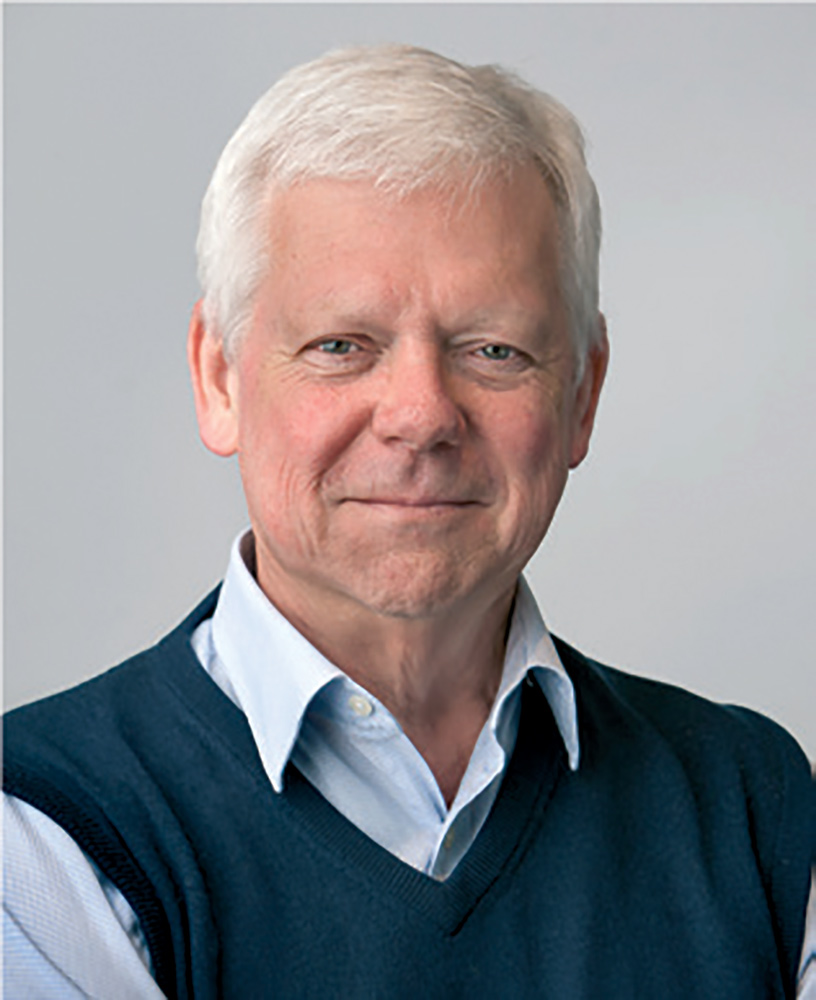 WA’s chief medical officer Dr Simon Towler argues that a complete dependence on the medical model is flawed, and more needs to be done to better use GPs and embrace the role of allied health.
WA’s chief medical officer Dr Simon Towler argues that a complete dependence on the medical model is flawed, and more needs to be done to better use GPs and embrace the role of allied health.
By Cathy O’Leary
In the preamble to a recent national webinar for GPs, the case was made that the solution to ambulance ramping and emergency department overcrowding was not in the hands of hospitals themselves, but with general practice.

“For years, GPs have had to deal with the fallout from a broken system that has overburdened practices and left them on their knees,” the webinar’s introduction warned.
“The solution lies in designing our care system and shaping it for what it does well – caring for individuals as part of a team and improving primary care outcomes.”
The event, General practice in a rapidly changing world, was hosted by health commentator Dr Norman Swan and run in association with the WA Primary Health Alliance and the Perth North, Perth South and Country WA primary health networks.
One of the key speakers needed little backgrounding about the problem at hand. As WA’s chief medical officer and a former Australian Medical Association WA president, Dr Simon Towler knows only too well the see-saw that hovers between primary care and acute health services.
He told the webinar that when it came to the question of whether general practice could salvage the Australian health care system, it was clear that it would require some fundamental shifts in the model that had been in place for 45 years.
“I’m an absolute fan of general practice and have been on the board of WAGPET looking at how we improve primary care services in the country,” he said.
“But an entirely medically driven model in general practice, not properly supported by allied health, is not really addressing the chronic disease model. I’m not going to give all the solutions, but if we keep doing what we’re doing it’s not going to address the health care needs of the community we have now.
“What we’re seeing in emergency departments – although there will be many people who will argue that people who go to EDs deserve to be seen – is a lot of people who are there partly because they can’t get a [GP] appointment and partly because they’d rather not pay anything to general practice (when in fact gap payments are coming in almost routinely), but we know that general practice could provide the necessary care.
“In addition, general practice is grossly under-utilised in managing conditions for which they are capable.”
Dr Towler said that in WA if you want to see a neurologist as an outpatient, “you are going to wait for a very long time.”
“The GP model is fundamentally different to hospital care, it is a partnership with the patient over time, exploring diagnosis, early therapies and response to treatments. Hospitals do not provide that.
“What we’re seeing now with long-COVID, the sub-specialty model is not working at all and we’ve seen the introduction of a long-COVID clinic in East Metro Health Service, which is multi-disciplinary, tied back to the GPs, and providing higher quality care.”
Dr Towler said while the current system was clearly not working, the hospital assumption of pushing patients back out into the community because of bed shortages and ED overcrowding was not the solution.
“We’ve seen substantial growth in medical school enrolments and, despite the anxieties currently about the transition in GP training to a college-led program, the Gratton report found GP numbers are not dropping proportionally.”
(A report by the Gratton Institute late last year found that Australia has plenty of GPs, but they are not always in the right areas. It argued that what was lacking was supporting clinicians to help GPs respond to a growing tide of chronic disease.)
But Dr Towler said he recognised that Australia needed to grow its medical workforce and there were substantial regional shortages.
“COVID over the last few years has reduced the number of international medical graduates coming to Australia and we know that the interest among medical graduates for a career in general practice seems to have also waned.
No easy solutions
“So, there is a lot to do in this space and it’s not an easy solution. If you look at WA, being a GP in a small town literally hundreds of kilometres from any other support, is also different to the challenges that might be faced in other jurisdictions.”
Dr Towler said efforts were underway to fill the gaps, such as accelerated pathways, workplace-based assessment programs and close collaboration with ACCRM and RACGP in the training transition.
Needs varied from region to region and there was not a one-size-fits-all solution.
“Where we need to have a practitioner where there isn’t one, we do need to improve the attraction, and some councils and shires in WA offer extraordinary financial support to just get a single doctor to go to a country town.
“We know that when primary care is functioning well, the outcomes for the community are much better, and tertiary and secondary hospital utilisation goes down.”
But Dr Towler said that a complete dependence on the medical component meant there was still going to be difficulties meeting the demand.

